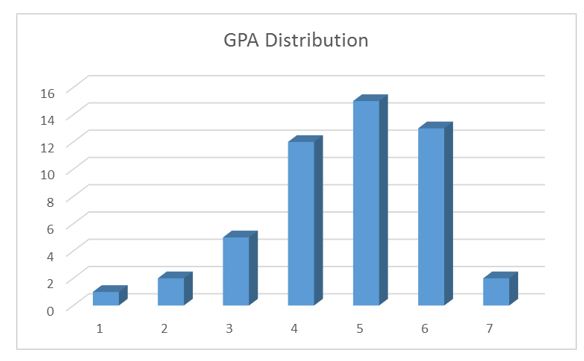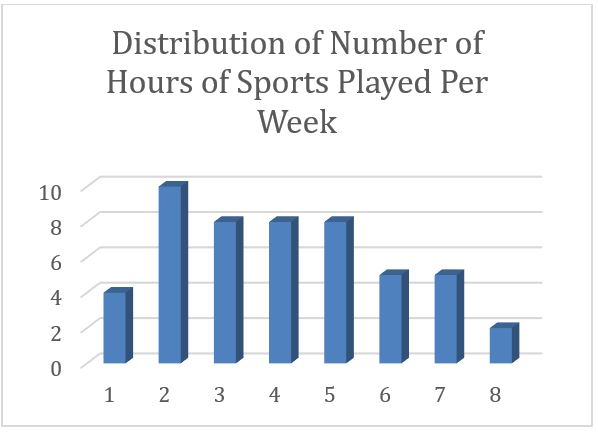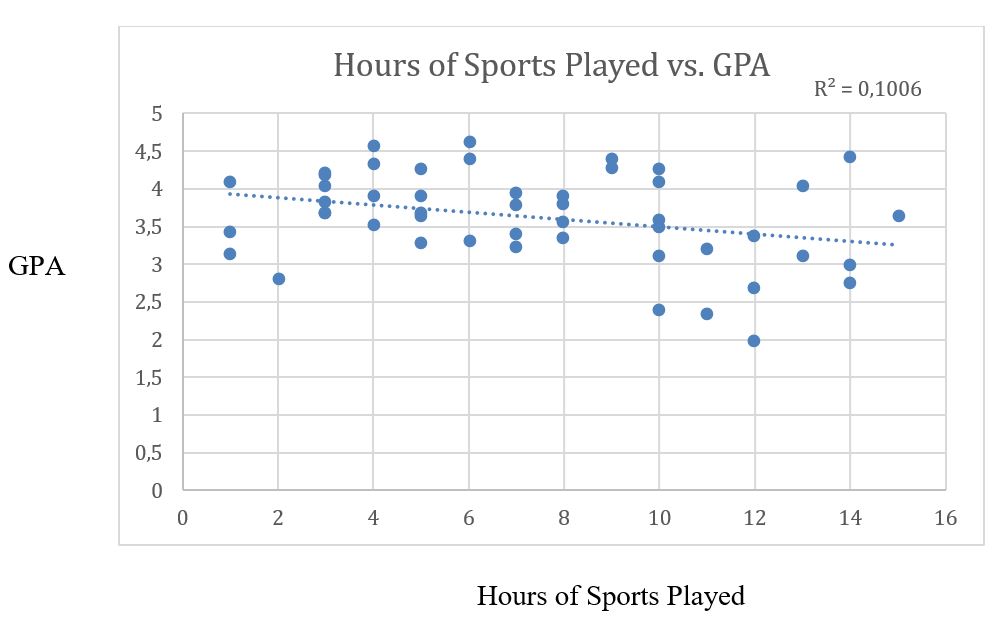 All papers examples
All papers examples
Disciplines

- MLA
- APA
- Master's
- Undergraduate
- High School
- PhD
- Harvard
- Biology
- Art
- Drama
- Movies
- Theatre
- Painting
- Music
- Architecture
- Dance
- Design
- History
- American History
- Asian History
- Literature
- Antique Literature
- American Literature
- Asian Literature
- Classic English Literature
- World Literature
- Creative Writing
- English
- Linguistics
- Law
- Criminal Justice
- Legal Issues
- Ethics
- Philosophy
- Religion
- Theology
- Anthropology
- Archaeology
- Economics
- Tourism
- Political Science
- World Affairs
- Psychology
- Sociology
- African-American Studies
- East European Studies
- Latin-American Studies
- Native-American Studies
- West European Studies
- Family and Consumer Science
- Social Issues
- Women and Gender Studies
- Social Work
- Natural Sciences
- Anatomy
- Zoology
- Ecology
- Chemistry
- Pharmacology
- Earth science
- Geography
- Geology
- Astronomy
- Physics
- Agriculture
- Agricultural Studies
- Computer Science
- Internet
- IT Management
- Web Design
- Mathematics
- Business
- Accounting
- Finance
- Investments
- Logistics
- Trade
- Management
- Marketing
- Engineering and Technology
- Engineering
- Technology
- Aeronautics
- Aviation
- Medicine and Health
- Alternative Medicine
- Healthcare
- Nursing
- Nutrition
- Communications and Media
- Advertising
- Communication Strategies
- Journalism
- Public Relations
- Education
- Educational Theories
- Pedagogy
- Teacher's Career
- Statistics
- Chicago/Turabian
- Nature
- Company Analysis
- Sport
- Paintings
- E-commerce
- Holocaust
- Education Theories
- Fashion
- Shakespeare
- Canadian Studies
- Science
- Food Safety
- Relation of Global Warming and Extreme Weather Condition
Paper Types

- Movie Review
- Essay
- Admission Essay
- Annotated Bibliography
- Application Essay
- Article Critique
- Article Review
- Article Writing
- Assessment
- Book Review
- Business Plan
- Business Proposal
- Capstone Project
- Case Study
- Coursework
- Cover Letter
- Creative Essay
- Dissertation
- Dissertation - Abstract
- Dissertation - Conclusion
- Dissertation - Discussion
- Dissertation - Hypothesis
- Dissertation - Introduction
- Dissertation - Literature
- Dissertation - Methodology
- Dissertation - Results
- GCSE Coursework
- Grant Proposal
- Admission Essay
- Annotated Bibliography
- Application Essay
- Article
- Article Critique
- Article Review
- Article Writing
- Assessment
- Book Review
- Business Plan
- Business Proposal
- Capstone Project
- Case Study
- Coursework
- Cover Letter
- Creative Essay
- Dissertation
- Dissertation - Abstract
- Dissertation - Conclusion
- Dissertation - Discussion
- Dissertation - Hypothesis
- Dissertation - Introduction
- Dissertation - Literature
- Dissertation - Methodology
- Dissertation - Results
- Essay
- GCSE Coursework
- Grant Proposal
- Interview
- Lab Report
- Literature Review
- Marketing Plan
- Math Problem
- Movie Analysis
- Movie Review
- Multiple Choice Quiz
- Online Quiz
- Outline
- Personal Statement
- Poem
- Power Point Presentation
- Power Point Presentation With Speaker Notes
- Questionnaire
- Quiz
- Reaction Paper
- Research Paper
- Research Proposal
- Resume
- Speech
- Statistics problem
- SWOT analysis
- Term Paper
- Thesis Paper
- Accounting
- Advertising
- Aeronautics
- African-American Studies
- Agricultural Studies
- Agriculture
- Alternative Medicine
- American History
- American Literature
- Anatomy
- Anthropology
- Antique Literature
- APA
- Archaeology
- Architecture
- Art
- Asian History
- Asian Literature
- Astronomy
- Aviation
- Biology
- Business
- Canadian Studies
- Chemistry
- Chicago/Turabian
- Classic English Literature
- Communication Strategies
- Communications and Media
- Company Analysis
- Computer Science
- Creative Writing
- Criminal Justice
- Dance
- Design
- Drama
- E-commerce
- Earth science
- East European Studies
- Ecology
- Economics
- Education
- Education Theories
- Educational Theories
- Engineering
- Engineering and Technology
- English
- Ethics
- Family and Consumer Science
- Fashion
- Finance
- Food Safety
- Geography
- Geology
- Harvard
- Healthcare
- High School
- History
- Holocaust
- Internet
- Investments
- IT Management
- Journalism
- Latin-American Studies
- Law
- Legal Issues
- Linguistics
- Literature
- Logistics
- Management
- Marketing
- Master's
- Mathematics
- Medicine and Health
- MLA
- Movies
- Music
- Native-American Studies
- Natural Sciences
- Nature
- Nursing
- Nutrition
- Painting
- Paintings
- Pedagogy
- Pharmacology
- PhD
- Philosophy
- Physics
- Political Science
- Psychology
- Public Relations
- Relation of Global Warming and Extreme Weather Condition
- Religion
- Science
- Shakespeare
- Social Issues
- Social Work
- Sociology
- Sport
- Statistics
- Teacher's Career
- Technology
- Theatre
- Theology
- Tourism
- Trade
- Undergraduate
- Web Design
- West European Studies
- Women and Gender Studies
- World Affairs
- World Literature
- Zoology
Time Spent Doing Sports and GPA for Male Students, Statistics Problem Example
Hire a Writer for Custom Statistics problem
Use 10% Off Discount: "custom10" in 1 Click 👇
You are free to use it as an inspiration or a source for your own work.

What is the relationship between time spent doing sports and GPA for male students?
Introduction
There are many contrasting beliefs as to the effect that playing sports has on a student’s ability to perform well in school. Occasionally, involvement in sports requires the student to dedicate a lot of time to their preferred activity to ensure that they maximize their athletic performance. In addition, many schools require that their athletes maintain a certain grade point average (GPA) in order to remain on the team. As a consequence, good athletes are held to higher academic standards compared to their non-athletic peers because the school depends upon them to remain involved in team sports and help the school win athletic competitions.
While there is likely a relationship between time spent doing sports of the GPA of students, it is difficult to assess whether time spent doing sports has a positive or negative effect on GPA. I hypothesize that students who spend many hours a week in team sports will have lower GPAs compared to those who spend less hours participating in team sports. This association is likely due to the fact that if a student is required to spend more hours at a team practice, he is less likely to have the time to study for exams and complete homework assignments to the best of his ability. However, since it is also possible that increased participation in sports forces students to organize their time more efficiently, this may help the student achieve a higher GPA.
Plan of Investigation
50 male students in grades 11 and 12 will be approached and asked about the number of hours they spend on sports per week and their GPA. All students will be attendees of my high school and be approached at random; if a student that is approached wishes to not participate, they will not be counted and the interviewing will continue until data for 50 students has been achieved. This data will be initially recorded by hand and then transferred into an Excel spreadsheet. To determine the general trend of the data, the mean, standard deviation, and median of the GPA and hours spent doing sports per week will be calculated. Next, to determine the distribution of the data, histograms will be made. After determining if the data is normally distributed, correlation will be determined. Next, a student’s t-test or its non-parametric equivalent will be conducted to determine the association between the two variables. A p-value of 0.05 or less will be considered statistically significant for the t-test. Then, a chi-squared test will be conducted. A GPA of 3.3 or higher will be considered to be a good GPA, while a GPA lower that this cutoff will be considered low. Furthermore, student who play sports 8 hours or more per week will be considered to play sports frequently, while students who play less than 8 hours a week will be considered to play sports infrequently.
Results
The mean GPA for all 50 of the students I interviewed was 3.614 with a standard deviation of 0.597. The median of these values was 3.66. Mean and median we used to determine a measure of central tendency; mean will be used if the data is normally distributed, while median will be used if the data is not normally distributed. Standard deviation was calculated in order to determine how far from the mean the actual value may actually be. The excel function AVERAGE was used to calculate mean, MEDIAN was used to calculate median, and STDEV.P was used to calculate the standard deviation. The mean hours of sports played by the students I interviewed was 7.52 with a standard deviation of 3.986. The median of these values was 7. Figures 1 and 2 below show the distribution of the data for both variables. This data was calculated as described above.

Figure 1 Frequency histogram for students’ GPA

Figure 2 Frequency histogram for number of hours of sports students played per week
A frequency histogram was made to determine whether the data is normally distributed. Figures 1 and 2 show that there is a near normal distribution for both the student GPA and hours of sports played per week.
To determine the correlation between hours of sports played and GPA, a scatter plot was made with a regression line. Excel was used to generate the regression line using the “add trendline” option, and the correlation was calculated by selecting “display R-squared value on chart”.
Hours of Sports Played

Figure 3 Correlation between hours of sports played and GPA.
Figure 3 shows that there is a negative correlation between GPA and hours of sports played. As the number of hours of sports played increases, GPA decreases.
To determine the association between student GPA and number of hours of sports played, a two-tailed student’s t-test with an assumption of equal variances was performed. To do so, the TTEST command was used in Excel. The p-value received was 0.001, so the null hypothesis that the variation of student’s GPA and hours spend in sports per week is equal is rejected. Therefore, there is an association between these two variables.
To determine the goodness of fit, a chi square was conducted. To do so, the expected values and observed values were formatted into 2×2 tables. Table 1 below shows the 2 x 2 table used for the observed values.
| Many Weekly Sports | Few Weekly Sports | |
| High GPA | 13 | 22 |
| Low GPA | 12 | 3 |
Observed Data
Table 1 2×2 table that lists GPA and number of hours spent weekly in sports as dichotomizations of high and low GPA and many weekly sports and few weekly sports
| Many Weekly Sports | Few Weekly Sports | |
| High GPA | 13 | 12 |
| Low GPA | 12 | 13 |
Expected Data
Table 2 2×2 table that lists GPA and number of hours spent weekly in sports as dichotomizations of high and low GPA and many weekly sports and few weekly sports according to the values that are expected
The chi-square test was conducted using the test formula in excel. The chi-squared value was 16.026 with 3 degrees of freedom. The two-tailed P value equals 0.0011, showing that the test results are statistically significant. This shows that the data received is not what is expected by chance.
Discussion/Validity
The student’s t-test demonstrated that there is an association between GPA and weekly hours spent playing sports. The chi-square test helped show that the results received indicate a real trend and were not due to chance. The more hours that students play sports, the more likely they are to have a lower GPA, and vice versa. It is likely that this relationship is true because students who spend more hours play sports, either as a hobby or as an extracurricular activity, are less likely to use their after school time for studying because becoming talented in sports is a very time consuming process.
As conducted, this study only has internal validity because it looked at only students who attend my school. As a consequence, we know that for the specific group of people I sampled, that it is definitely true that the more hours of sports they participated in, the lower their grades will be. Although only 50 11th and 12th graders were sampled, it is likely that any other random 11th and 12th graders examined after the completion of this study will follow this trend. Since 9th and 10th graders may have different study habits or involvement in extracurricular activities, we cannot say that the results that are true for the upperclassmen will be true for them as well. Future studies of this type may also be useful if all students in the 11th and 12th grades are studied. However, for the resources I had available to me, this study was done well because it didn’t appear possible to sample the entire study population. As a consequence, I decided to study 50 students for this statistical evaluation because I believed that approaching 50 students randomly would be an ideal way of achieving a random sample.
It may be beneficial to repeat this study on a larger scale in order to ensure that all of the statistics are accurate. If I were to examine a sample size of 100, repeat the statistical evaluation, and compare my new results to the one of this study, I would be able to determine whether interviewing only 50 students is an adequate sample size. It is likely however, that the statistics I retrieve from 100 students rather than 50 would more closely reflect the normal curve and give me more accurate results. At this point in time, it is difficult to tell if a larger study would be beneficial because it would take much longer to collect data from 100 students.
Conclusion
This study determined that students at my school are more likely to have higher GPAs if they spend less time doing sports. This research is useful to guidance counselors and teachers because it will allow them to understand why students may or may not be doing well in class. It would be useful in these situations to advise students against playing many hours in sports if they are not doing well in their studies.

Stuck with your Statistics problem?
Get in touch with one of our experts for instant help!

Time is precious
don’t waste it!
writing help!


Plagiarism-free
guarantee

Privacy
guarantee

Secure
checkout

Money back
guarantee

